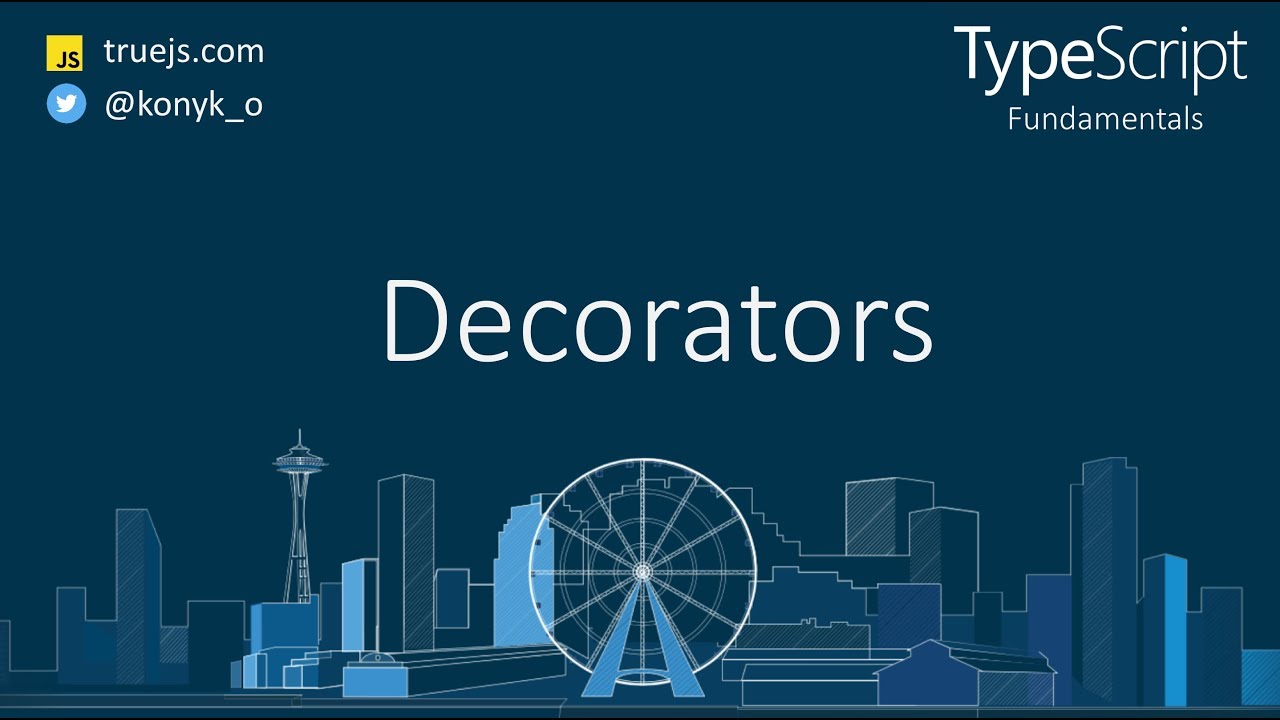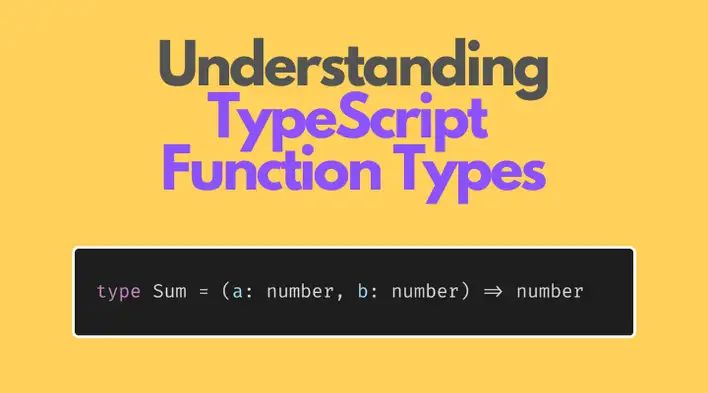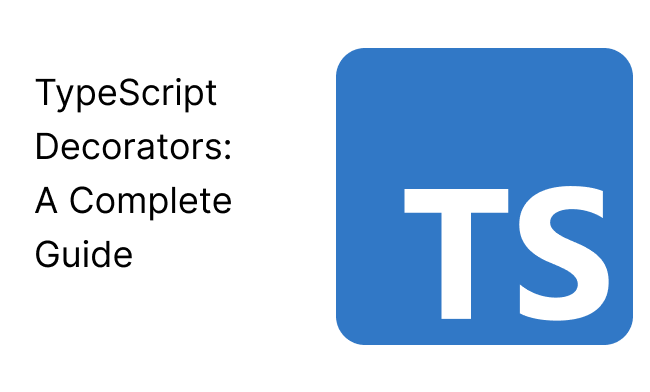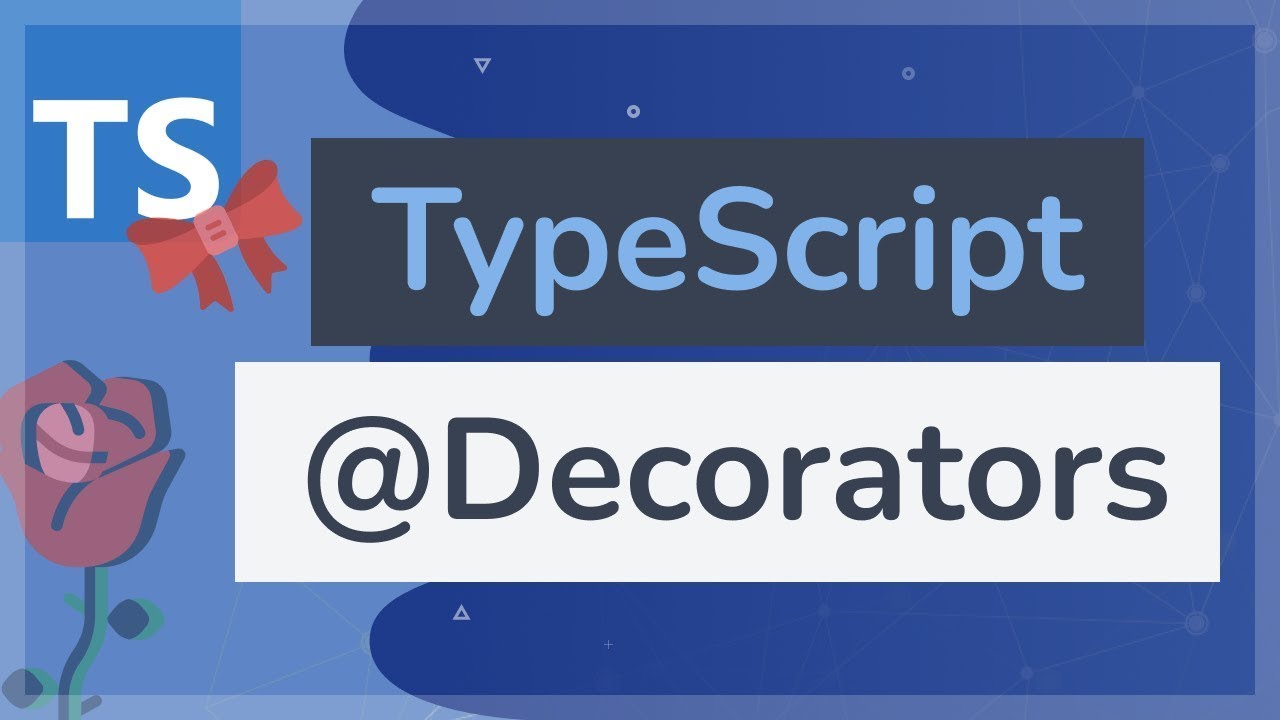Why TypeScript Decorators Enhance Your Code Quality

TypeScript, an open-source programming language developed by Microsoft, has become increasingly popular for enhancing JavaScript applications. Among its many powerful features, TypeScript Decorators stand out for their ability to modify, enhance, or observe class, method, property, or parameter behavior during runtime. Here's why decorators should be a vital part of your development toolkit to boost code quality.
Understanding Decorators


Decorators in TypeScript provide a clean syntax for meta-programming patterns, allowing developers to:
- Wrap functions or classes with additional logic.
- Intercept property access or modification.
- Automatically log function calls.
- Implement aspect-oriented programming (AOP) techniques.
Enhancing Readability and Maintainability

When applied judiciously, decorators can simplify code significantly:
- Readability: By separating cross-cutting concerns like logging or validation from business logic, code becomes cleaner and more readable.
- Maintainability: Decorators allow you to modify behavior without altering the decorated class or method directly. This promotes Separation of Concerns, making maintenance easier.
Common Use Cases for Decorators

Validation

Consider a scenario where you need to validate user input. Here’s how decorators can simplify the process:
function validateEmail(target: any, key: string, descriptor: PropertyDescriptor) {
const originalMethod = descriptor.value;
descriptor.value = function (...args: any[]) {
const [email] = args;
if (!validateEmailRegex(email)) {
throw new Error('Invalid email address');
}
return originalMethod.apply(this, args);
};
return descriptor;
}
class User {
@validateEmail
setEmail(email: string) {
this.email = email;
}
}
Logging

Logging is another typical use case for decorators. By adding a simple decorator, you can log method execution details:
function log(target: any, key: string, descriptor: PropertyDescriptor) {
const originalMethod = descriptor.value;
descriptor.value = function (...args: any[]) {
console.log(`Calling method ${key} with arguments`, args);
const result = originalMethod.apply(this, args);
console.log(`Method ${key} executed`);
return result;
};
return descriptor;
}
class Service {
@log
fetchData() {
return fetch('data-url').then(response => response.json());
}
}
Aspect-Oriented Programming (AOP)

TypeScript decorators support AOP by allowing you to implement aspects like logging, security, or caching across multiple classes and methods without cluttering the original code.
Performance Considerations

While decorators enhance code clarity and functionality, they can introduce:
- Overhead due to wrapper functions.
- Initial compilation time increase due to metadata reflection.
To mitigate this:
- Use decorators sparingly for performance-critical code.
- Utilize the `--emitDecoratorMetadata` compiler option for better performance with decorators.
🚀 Note: TypeScript decorators are experimental; ensure you enable the 'experimentalDecorators' flag in your tsconfig.json for proper usage.
🔍 Note: Overusing decorators can make your code harder to trace; apply them strategically.
By integrating decorators into your TypeScript projects, you leverage:
- A cleaner, more maintainable codebase.
- An ability to implement cross-cutting concerns without modifying core business logic.
- Improved readability and code organization.
- A way to introduce new functionalities with minimal changes to existing code.
Whether you're building large-scale applications or microservices, TypeScript decorators offer a robust tool for enhancing code quality, maintainability, and readability. Their ability to seamlessly integrate additional functionality without altering existing code structures makes them an invaluable feature for modern TypeScript development.
What are TypeScript Decorators?

+
TypeScript Decorators are special types of declarations that can be attached to classes, methods, properties, or parameters to alter or enhance their behavior at runtime.
Can decorators reduce code performance?

+
Yes, decorators introduce some overhead due to wrapping the original functions or classes. However, with proper usage and optimizations, this impact can be minimized.
How do decorators support aspect-oriented programming?

+
Decorators allow developers to apply cross-cutting concerns like logging or validation across multiple parts of an application without embedding that logic in the core functionality.



